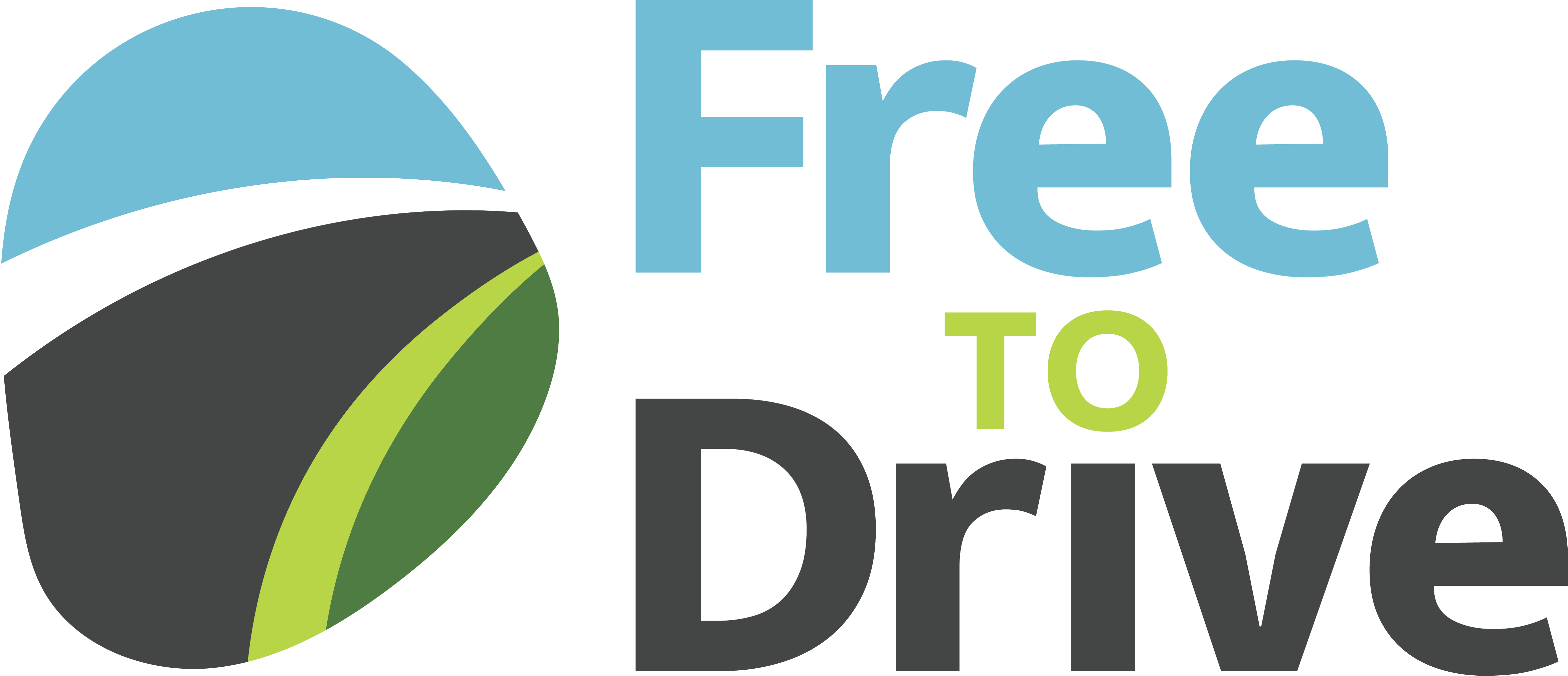
What is the Driving for Opportunity Act?
Introduction
In the U.S., where over 85% of people drive to work, taking away a person’s driver’s license is the same as taking away their ability to survive. Despite this fact, 25 states use restrictions on driver’s licenses as a means of coercing court debt payments. As a result of these debt-based license suspensions, millions of families have lost the ability to drive to work or gain employment, care for their families and access basic needs — all because they couldn’t afford a court payment or attend a court hearing.
To push states towards ending this pervasive poverty trap, a bipartisan coalition in Congress has introduced the federal Driving for Opportunity Act.
The federal Driving for Opportunity Act provides grants to states that end the regressive practice of debt-based restrictions on driving. If passed, this bill would:
- Authorizes the granting of $10,000,000 for each of the fiscal years 2024-2028 for the states that repeal a state or local law that permitted the suspension or revocation of licenses or the registration of motor vehicles for the failure to pay civil and criminal fines and fees within 3 years from application of the grant.
- Grants are to cover costs incurred by the State to reinstate or renew driver’s licenses or motor vehicle registrations previously suspended, revoked, or failed to be renewed for unpaid civil or criminal fines or fees.
- States must also conduct a study of the implementation of the program, that will cover the effects of repealing state laws regarding debt-based license suspensions, the collection of fines and fees, usage of law enforcement, economic mobility and unemployment, rates of traffic safety enforcement, and suspensions for public safety reasons, etc.
How many people are affected by debt-based license suspensions?
Tens of millions of Americans are directly affected by debt-based driver’s license suspensions. In North Carolina alone, 1 in 12 adults have unpaid criminal court debts, which largely arise from low-level traffic cases; these unpaid debts accumulate throughout years (and even decades!) and often lead to license suspensions, even if the initial issue was non-driving related. In Ohio, more than 3 million active license suspensions were still outstanding as of September 2022. In New Mexico, the end of driver’s license suspension in 2023 marked the ability for over 300,000 drivers to regain the freedom to drive.
Will the elimination of debt-based license suspensions make roads more dangerous?
No — debt-based license suspensions have nothing to do with dangerous driving. In fact, nearly half of license suspensions within the US are issued for offenses unrelated to driving.
Despite that fact, every year significant resources are directed towards enforcing policing and action against those with suspended licenses. The American Association of Motor Vehicle Administrators estimates that the entire process of arresting a person for driving with a suspended license can take up to nine hours between transportation, court appearances, paperwork, as well as other administrative duties. The Colorado Department of Motor Vehicles similarly estimates that roughly 8,500 hours of staff time per year are consumed by enforcing the suspension of driving licenses.
Eliminating debt-based license suspension will allow courts and law enforcement to direct their attention toward the most critical public safety needs of their communities.
Does ending debt-based license suspensions cost states money?
No. If the Driving for Opportunity Act is passed, the costs of ending debt-based suspensions and reinstating licenses can be covered through the grant money awarded by the state. In fact, in certain states, ending the practice of debt-based license suspensions could actually save taxpayers money. In Florida, residents pay roughly $78 more annually due to the increase in car insurance premiums from the high number of uninsured drivers on the roads due to suspended licenses.
In 2015, the San Francisco Superior Court became the first court in California to stop suspending people’s driver’s licenses when they could not pay their traffic tickets. Contrary to expectations, after the Court stopped suspending licenses for unpaid debt, there was no negative impact on revenue collection. In fact, the amount of delinquent revenue collected per filing in San Francisco has increased since the Court stopped suspending licenses. Similarly, across California on-time collections went up in the year following the end of driver’s license suspensions for Failure to Pay statewide.
Debt-based driver’s license suspensions are also not cost-effective. Law enforcement and court actors waste thousands of hours and millions of dollars that could be devoted to public safety when they are instead citing, stopping, fining, arresting, and prosecuting people for driving on a suspended license or detaining individuals who pose no risk to public safety.
Have other states ended debt-based driver’s license suspensions?
Yes. 25 states (both red and blue) and DC have ended or significantly curbed debt-based driving restrictions. This means they have at a minimum ended the practice in full or in part, and many have eliminated reinstatement fees, created payment plans, and ensured individuals automatically have their licenses reinstated.
Jump to our Free to Drive Maps to see a full overview of states that have ended this practice.
Are certain groups more affected by debt-based restrictions on driving?
Yes. People with lower incomes and Black and brown communities are at a significantly greater risk for receiving a debt-based license suspension. A US Department of Justice report found that Black drivers are 31% more likely to be pulled over whilst driving than white drivers. In Missouri, this number soars to a staggering 91% greater likelihood of being pulled over. In NY, an alarming 87% of those charged with driving on a suspended license are non-white individuals (despite 75% of drivers identifying as white).
Rural communities are also disproportionately impacted by these types of suspensions. Due to a lack of public transportation options, it is nearly impossible for people who live outside a metropolitan area to carry out day-to-day tasks without the ability to drive.
What can I do to help end this practice in my state?
The Free to Drive campaign is backed by a coalition of over 150 ideologically diverse organizations united by the belief that restrictions on driving privileges should be reserved for dangerous driving, not to coerce debt payment or to punish people who miss a court appearance. Is your organization interested in helping impacted people regain the freedom to drive?
Our members share resources, exchange knowledge and provide mutual support as we strive to end the practice of driver’s license suspension for unpaid court debt. Tell us about your interest in becoming a member of the Free to Drive coalition using this form. Have more specific questions? Get in touch at info@freetodrive.org.
